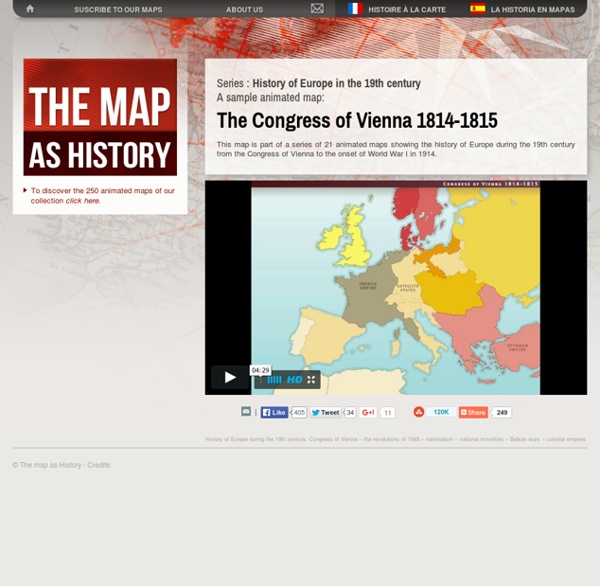



Top 10 Mysterious People Mysteries Over the centuries, history is filled with wonderful tales of mysterious people – many of whom are never identified. This list is a selection of the most significant or mysterious people of this variety. Monsieur Chouchani (died 1968) is the nickname of an anonymous and mysterious Jewish teacher who taught a number of highly regarded students including Emmanual Levinas (pictured above) and Elie Wiesel in Europe after World War II. There is no known body of work by Chouchani himself, but he left a very strong intellectual legacy via his students. The Poe Toaster is the nickname given to a mysterious man who pays annual tribute to Poe by visiting his grave every year. The Toaster wears a black hat and coat and hides his face with a hood or scarf. During the analysis of the film footage of the assasination of John F. In 1970 a woman called Beverly Oliver came forward and claimed to be the Babushka Woman, though her story contains many inconsistencies. Fulcanelli (1839 – ? D.
Aztec Gods and Goddesses Aztec Gods and Goddesses Religion was extremely important in Aztec life. They worshipped many gods and goddesses, each of whom ruled one or more human activities or aspects of nature. The people had many agricultural gods because their culture was based heavily on farming; also they included natural elements and ancestor-heroes. They believed that the balance of the natural world, the processes that make life possible - like the rain or solar energy - and that the destiny of people depended on the will of these gods. The Aztecs thought that the power of the gods should be acknowledged and thanks given to them, in the form of gifts so as to avoid the catastrophes that their rage or indifference could cause. Deity Impersonation An important aspect of Aztec ritual was the impersonation of deities. Aztec Gods Centeotl Corn god. Chalchiuhtlicue In Aztec mythology, Chalchiuhtlicue (also Chalciuhtlicue, or Chalcihuitlicue) ("She of the Jade Skirt") was the goddess of lakes and streams. Chantico
The Ultimate Self-Education Reading List A Bibliography for Lifelong Learning Enthusiasts If you want to know more about self-education, your best bet is to start reading. Over the years, I’ve kept a list the best self-education books and blogs. Now I’m sharing them in the hopes that you’ll find something new and maybe add a suggestion or two of your own. Use these resources to evaluate your education, find the tools and resources you need, and learn effectively on your own. If you know of a book or blog that should be added to the list, please leave a comment below. Theoretical Books on Self-Education Theory-oriented books examine education as a whole and provide the foundation of understanding that self-education advocates share when they examine issues related to learning. Deschooling Society (Ivan Illich) – A case for radical changes in the education system, including the disestablishment of traditionally structured schools and the development of more informal “learning webs.” Practical Books on Self-Education
Free eBooks at Planet eBook - Classic Novels and Literature